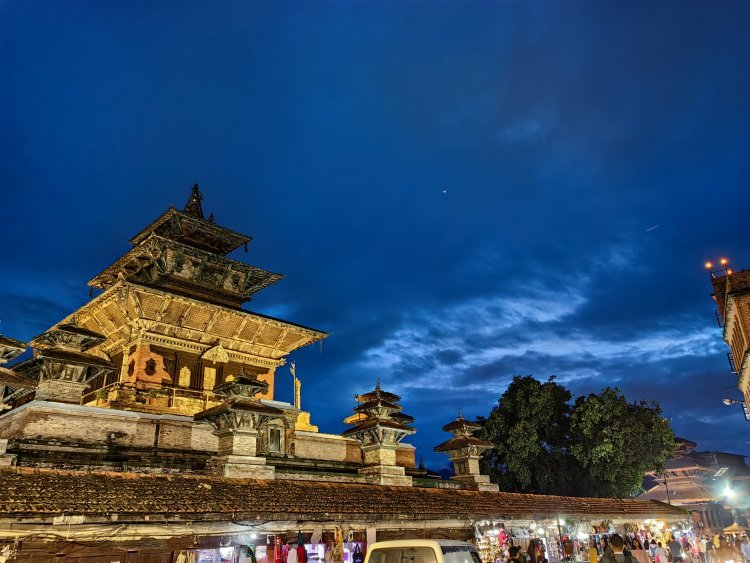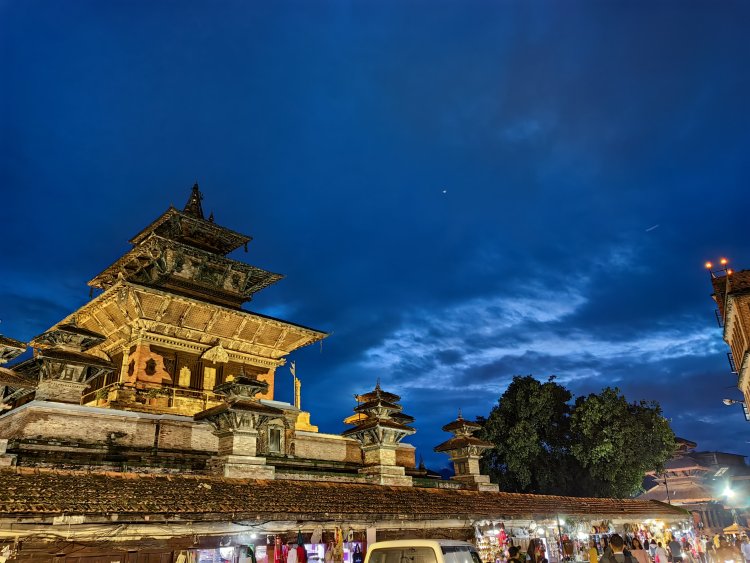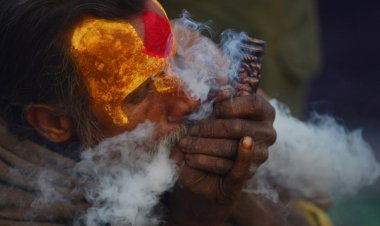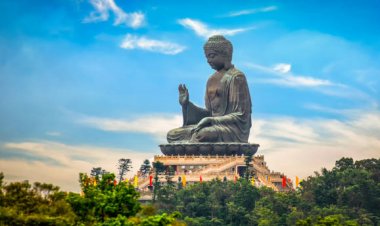Architectural and Cultural Significance of Taleju Temple in Kathmandu
The Taleju Temple in Kathmandu, located in the Basantapur Durbar Square, is a significant historical and religious site in Nepal.
The Taleju Temple in Kathmandu, located in the Basantapur Durbar Square, is a significant historical and religious site in Nepal. Here's a detailed overview:
History and Significance
- Dedicated to Taleju Bhawani: The temple is dedicated to the goddess Taleju Bhawani, a revered deity in Nepalese Hinduism. Taleju is considered the family deity of the Malla kings who ruled the Kathmandu Valley.
- Built by King Mahendra Malla: The temple was constructed in 1564 during the reign of King Mahendra Malla. It stands as a testament to the architectural prowess and religious devotion of the Malla dynasty.
- Restricted Access: Traditionally, the temple is open to Hindus only, and non-Hindus are generally not permitted to enter. Even for Hindus, access to the main sanctum is limited, especially during most times of the year.
Architectural Features
- Pagoda Style: The temple is a stunning example of the pagoda architectural style, which is prominent in Nepal. It features multiple tiers of intricately carved wooden struts and doors.
- Elevation: The temple is built on a high plinth, which adds to its imposing presence in the square. Visitors must ascend a series of steep steps to reach the main shrine.
- Gilded Elements: The temple features numerous gilded elements, including doors, windows, and roof finials, which enhance its grandeur.
- Guardian Statues: At the entrance, there are large statues of guardian deities and mythical creatures that protect the temple.
Cultural Importance
- Dashain Festival: During the Dashain festival, the Taleju Temple becomes the focal point of celebrations. This is one of the few times when the temple is open to the public, allowing devotees to offer prayers and seek blessings.
- Symbol of Power: The temple symbolizes the divine legitimacy and power of the Malla kings. It is a cultural landmark that reflects the historical and religious significance of the Kathmandu Valley.
Location and Surroundings
- Basantapur Durbar Square: The Taleju Temple is situated in Basantapur Durbar Square, which is a UNESCO World Heritage Site. The square is surrounded by other important historical buildings and palaces, making it a key tourist attraction.
- Earthquake Resilience: The temple has withstood several earthquakes, including the devastating earthquake of 2015, although it has required restoration and preservation efforts over the years.
Preservation Efforts:
- Cultural Heritage: Efforts have been made by both local and international organizations to preserve and restore the Taleju Temple, ensuring that its historical and religious significance is maintained for future generations.
The Taleju Temple is not only a place of worship but also a symbol of Nepal's rich cultural heritage and architectural excellence. It remains an essential part of the historical fabric of Kathmandu and a testament to the religious devotion and artistic achievements of the Malla period.
What's Your Reaction?








































































































